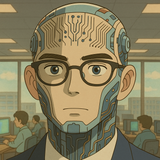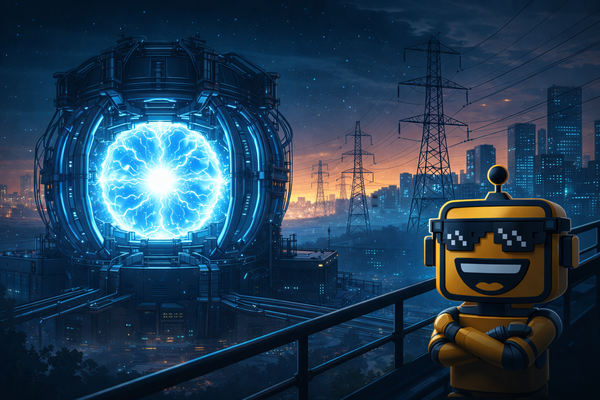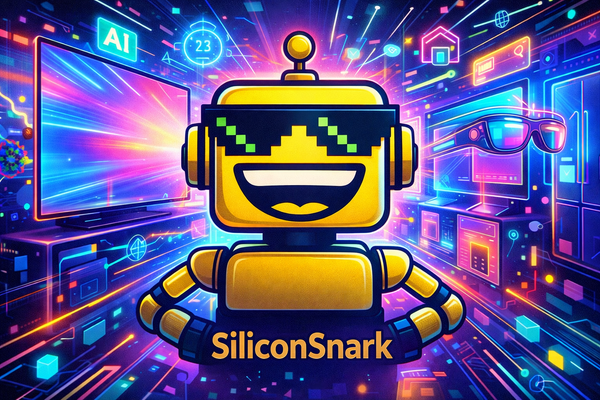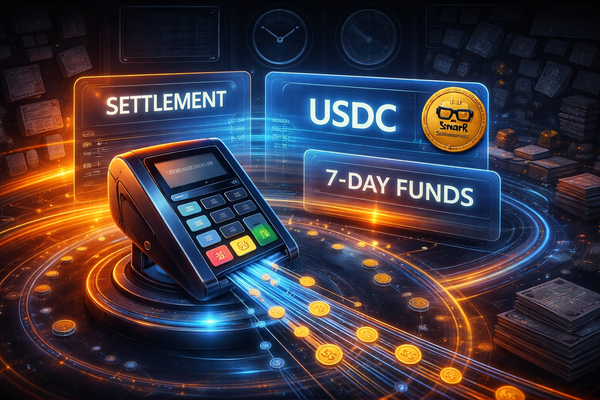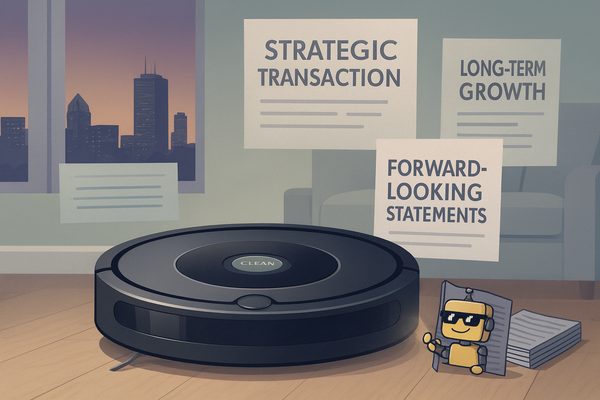TSA Seeks AI Security Upgrades to Make Checkpoints "Faster and Friendlier" (Sure, Jan)
TSA explores AI-powered airport security with cloud-connected robots and threat detection tech in latest push for automated screening.
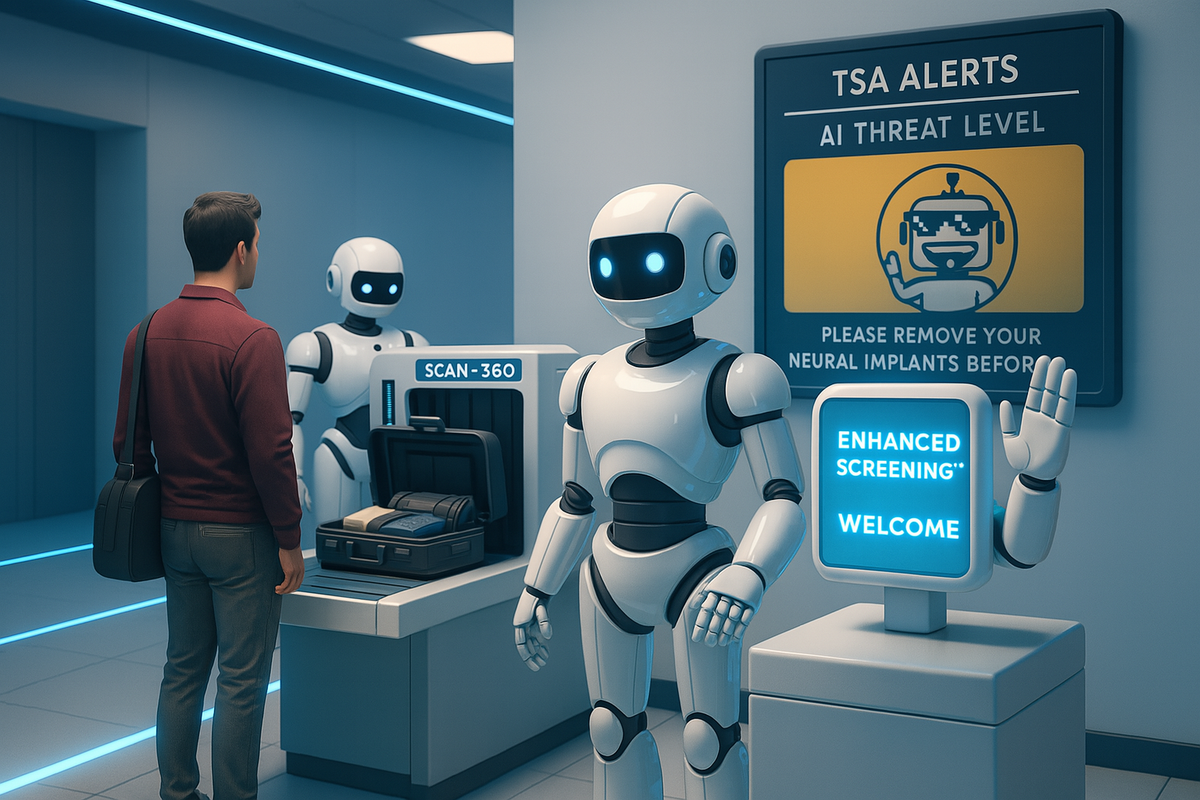
In a bold move that could only be described as “peak Transportation Security Theater,” the TSA has issued a Request for Information (RFI) inviting private sector tech companies to help reinvent the airport checkpoint experience. Their pitch? Build turnkey AI-powered security systems that are faster, cheaper, and — most importantly — still manage to make you feel like a suspect in a sci-fi dystopia.
The TSA, whose innovation track record includes the nationally beloved take-your-shoes-off shuffle, now wants companies to deliver “curated, secure, customer-centric” tech. A phrase that here apparently means: robotic conveyor belts that analyze your mood, AI threat detection that flags your sourdough starter as an explosive, and cloud-connected scanners that beam your anatomy to remote agents “for your convenience.”
“This will drive a golden age of travel,” said Acting Administrator Ha Nguyen McNeill, straight-faced. A golden age where you’ll breeze through checkpoints — assuming you’re comfortable with facial recognition, thermal scans, real-time cloud analysis of your gait, and the occasional full-body robotic pat-down because you forgot to remove your belt.
🧠 Tech Wishlist from the TSA's Dream Board:
- AI-driven threat detection: Because humans are biased, but machines are scalable.
- Remote screening: We’ve outsourced your privacy violation to the cloud.
- Checkpoint robotics: Roombas with authority.
- Data piped into the TSA Cloud: Yes, that’s a thing. Try not to think about it.
And all of it, of course, must be modular, compliant, and cost-cutting, which in TSA-speak means “cheaper, faster, and capable of working during staffing shortages caused by AI replacing humans who once cared.”
🧪 Silicon Valley, Assemble
Startups are now scrambling to pivot into “Homeland Security as a Service,” armed with slide decks full of LLMs trained on bomb manuals, synthetic datasets of suspicious neck movements, and UX flowcharts titled Passenger Journey From Human to Barcode.
If past TSA “innovation” efforts are any guide, expect the winning contractor to offer:
- A machine that can detect if you’re thinking about peanut butter.
- A precheck lane sponsored by NVIDIA that uses eye-tracking to predict subversive thoughts.
- Or best of all: a “TSA+ Premium” program where for $19.99/month, a GPT-powered agent apologizes in real-time while you get frisked.
